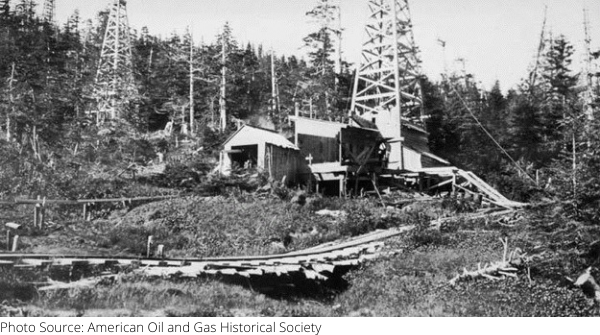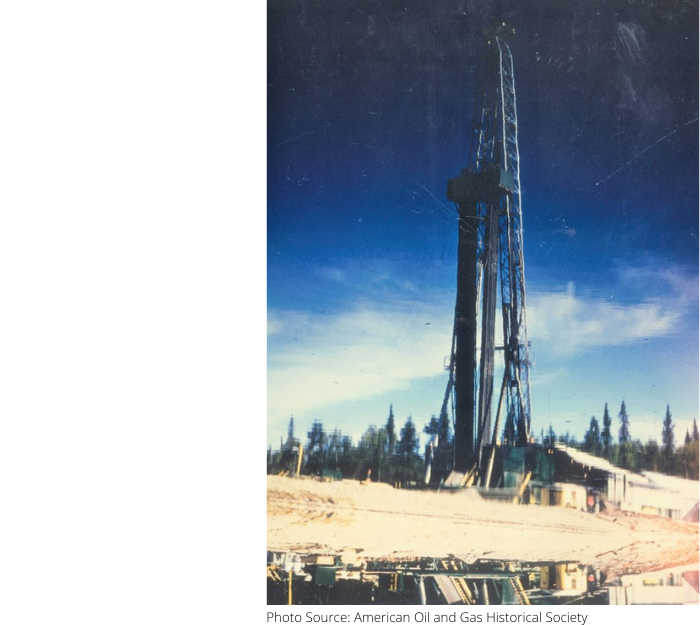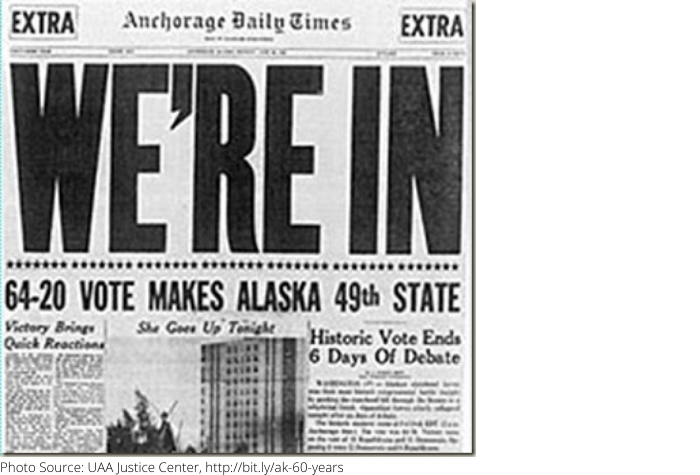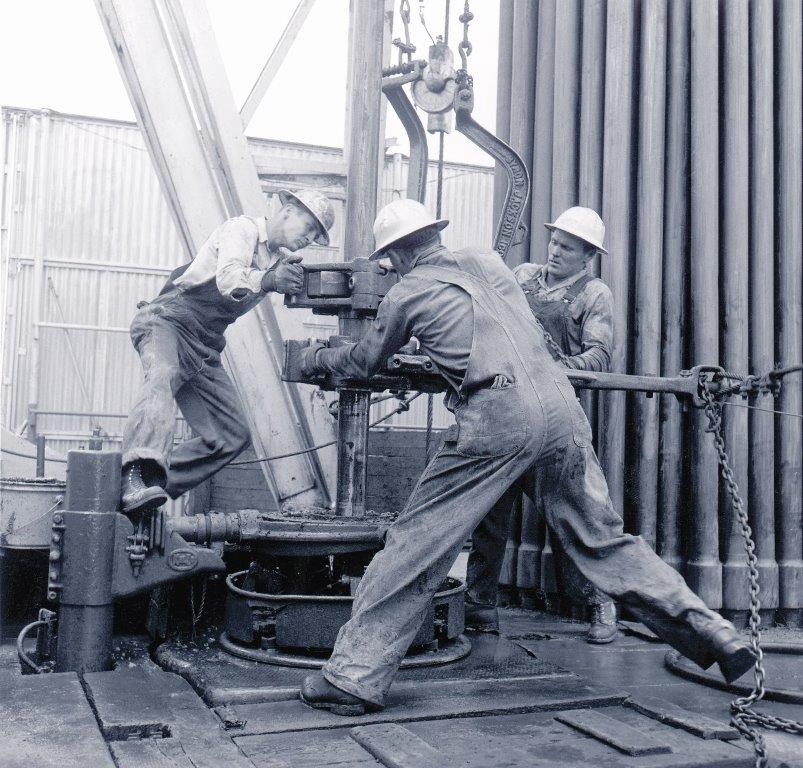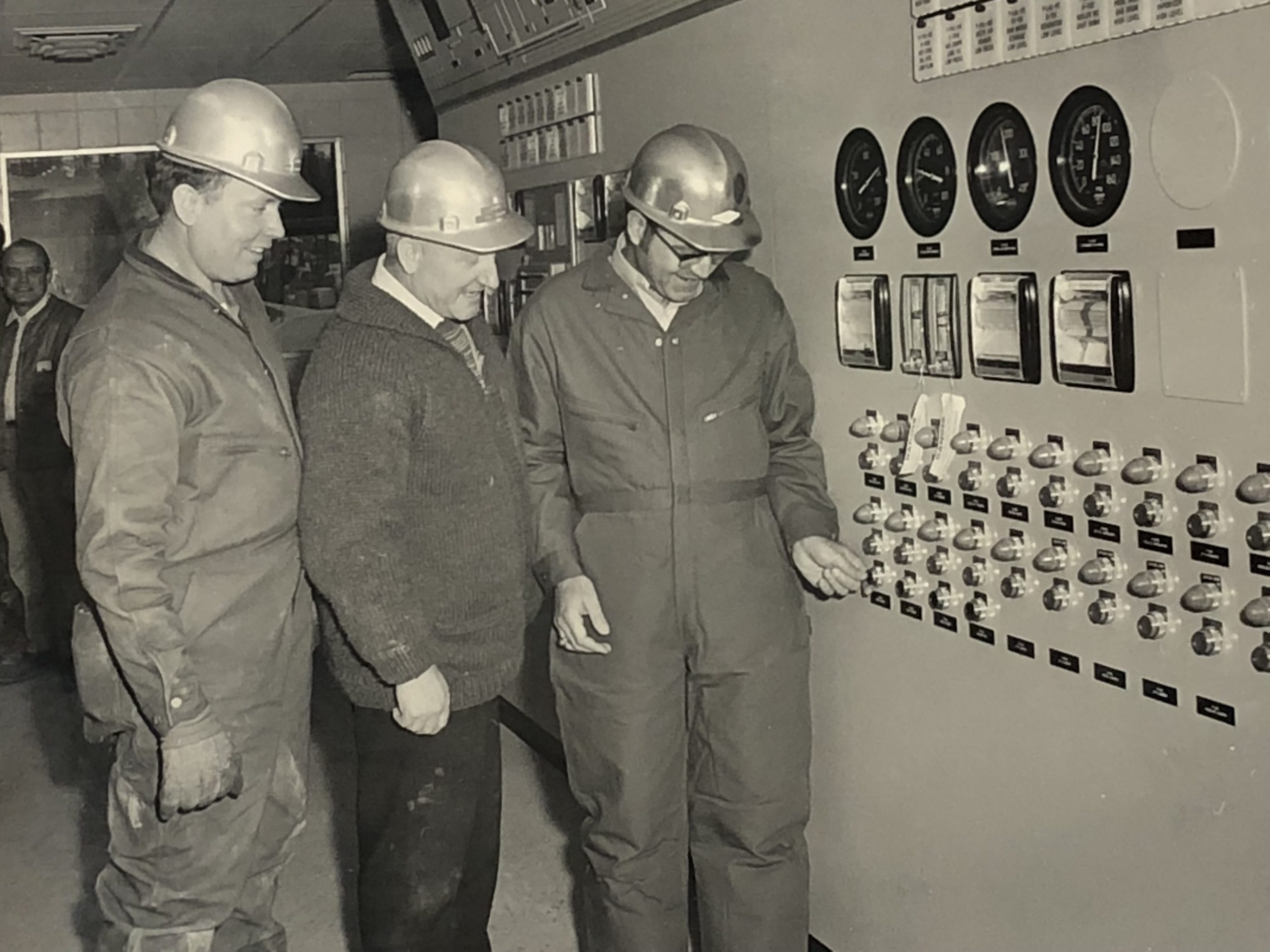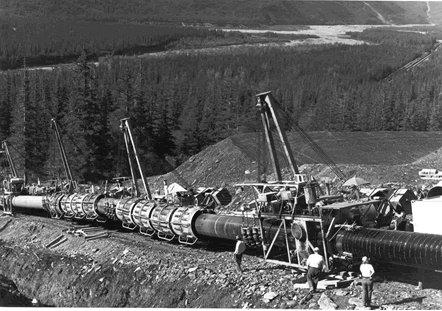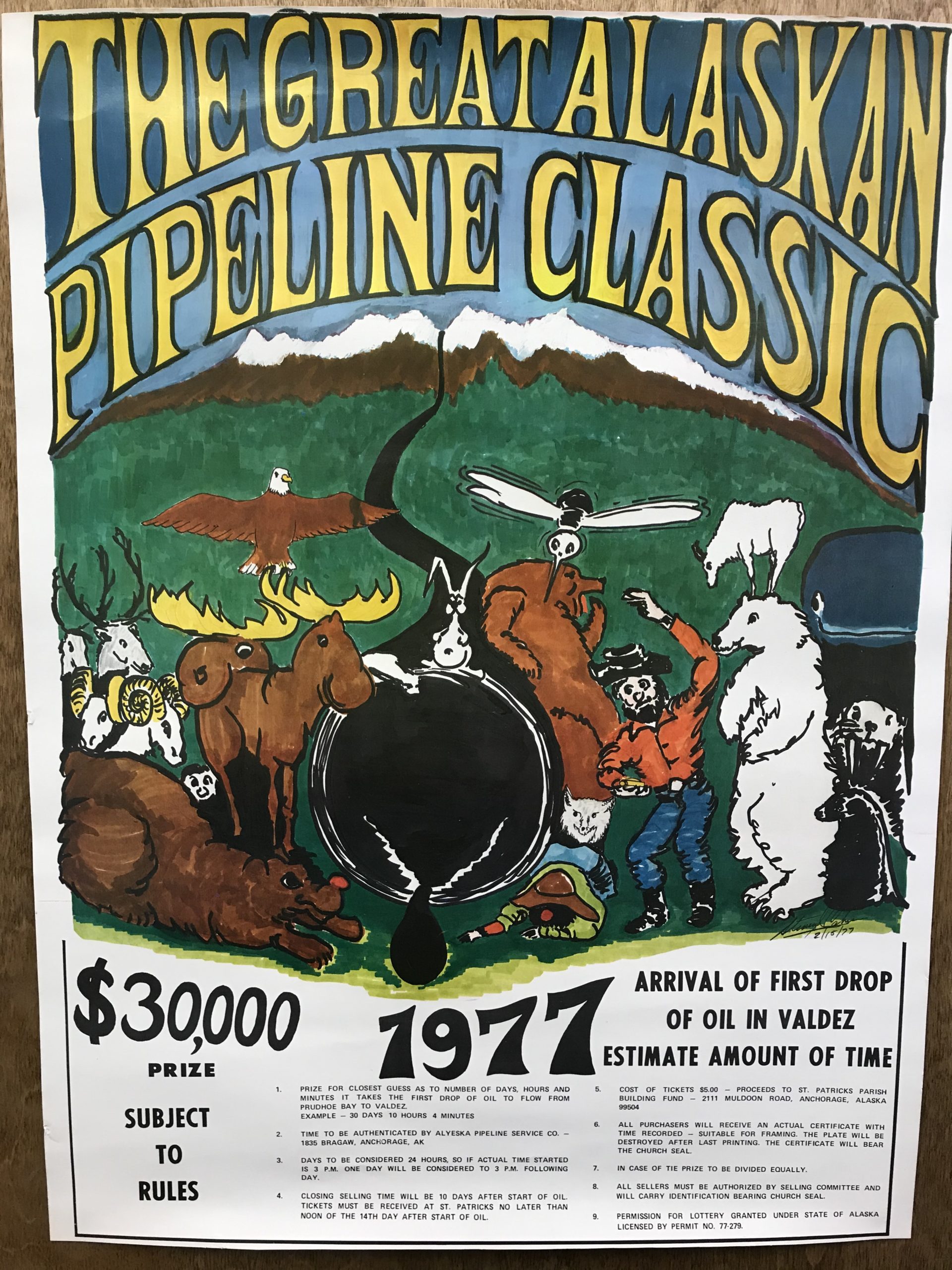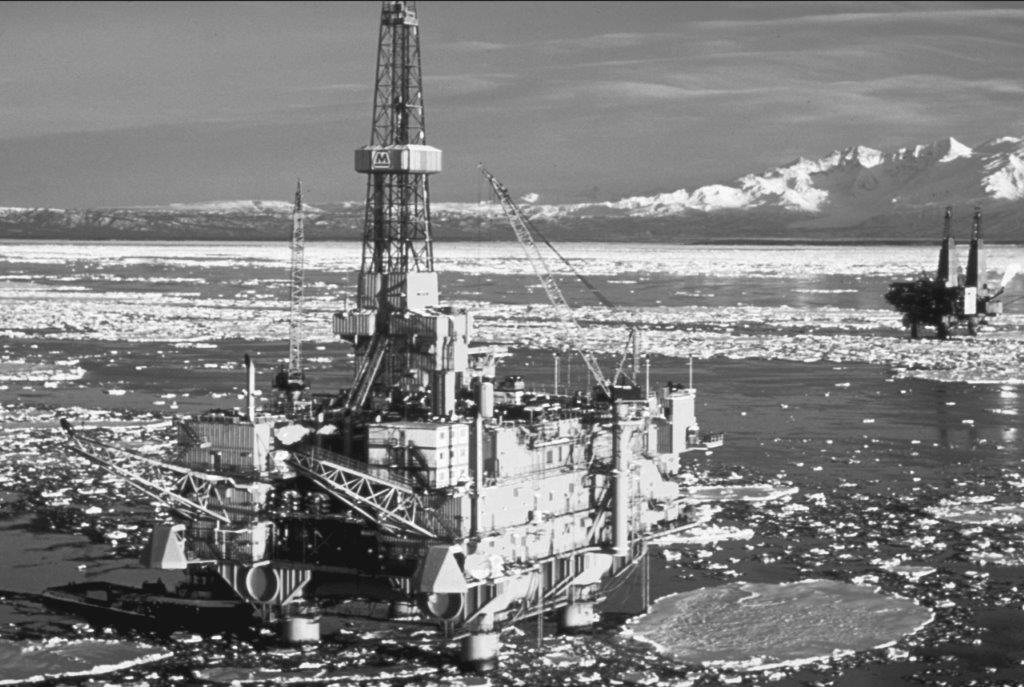State receives a record $900 million from North Slope lease sale.
America’s second largest oil field, Kuparuk, discovered (production begins 1981).
Tesoro’s Kenai refinery at Nikiski comes on-line.
Milne Point discovered (production begins 1985).
Congress passes National Environmental Policy Act; U.S. enters new era of environmental awareness.
Liquefied Natural Gas Plant in Nikiski, only one of its type in North America, begins exporting to Japan.
Oil companies announce plans to build an 800-mile trans-Alaska pipeline system, referred to as TAPS.
